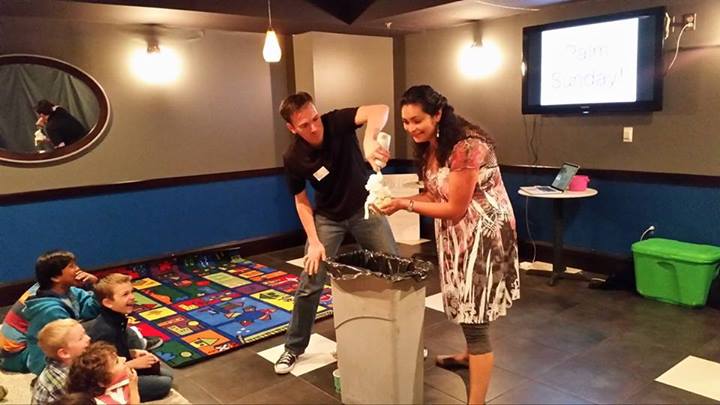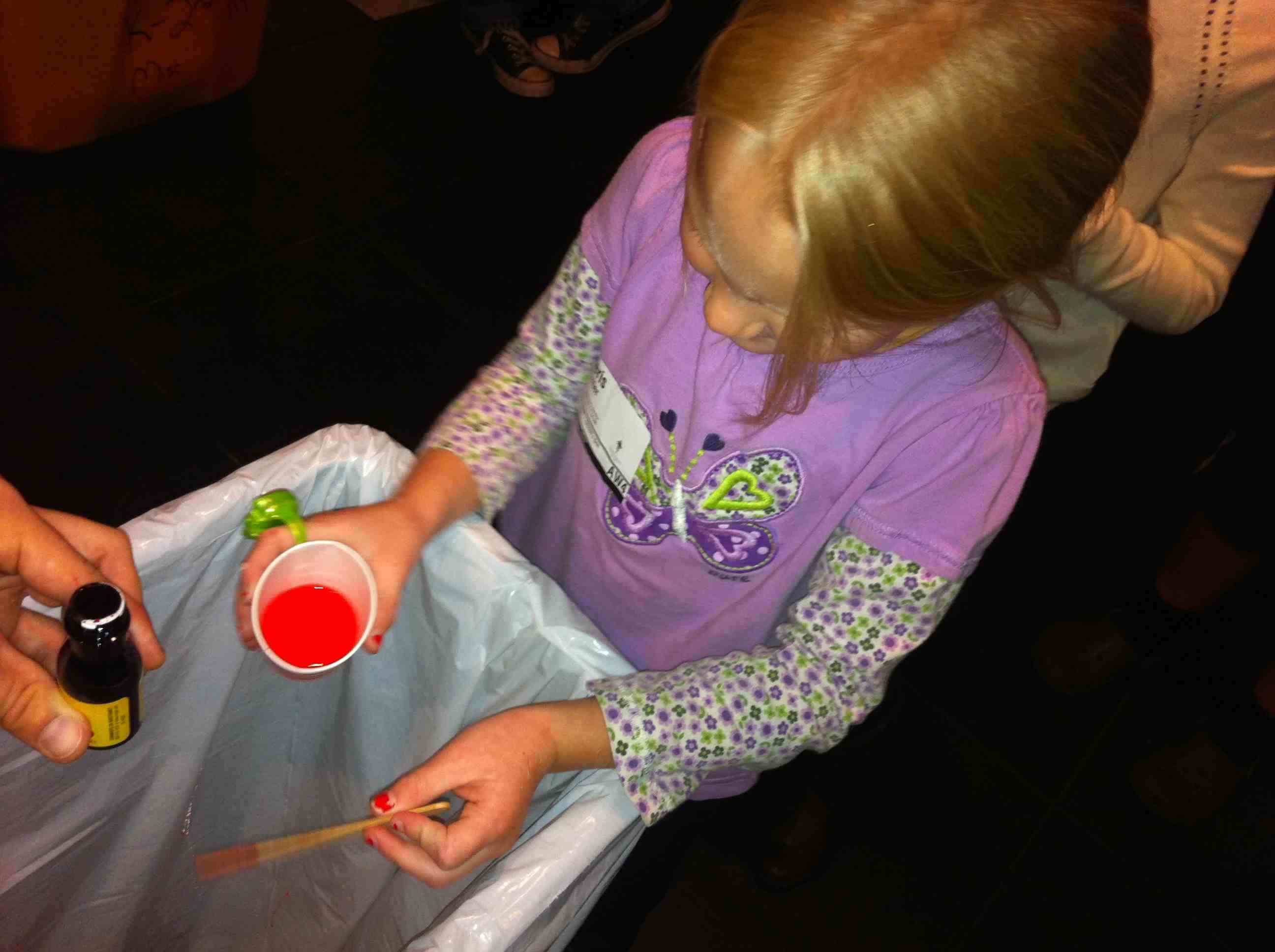
Category: Church
-
Whatever is Admirable
Read More: Whatever is AdmirableThe sixth virtue in Paul’s Philippians 4:8 list is “whatever is admirable.” When we say that we “admire” something, we are speaking of it as something we aspire to, something we want to be like, and something that is worthy of respect and honor. When we fill our minds with things that are admirable, our…
-

Palm Sunday Lesson
Read More: Palm Sunday LessonHere is a brief activity you can use on Palm Sunday in your Children’s Church service. It is designed to be humorous and then lead into teaching the kids the real meaning of Palm Sunday. Title: “Palm Sunday” Scripture: John 12:12-15 NIV “The next day the great crowd that had come for the Feast heard…
-

Children’s Ministry Lesson: The Ten Plagues
Read More: Children’s Ministry Lesson: The Ten PlaguesI have taught Children’s Church lessons for over a decade and I think yesterday’s lesson on the ten plagues was one of my favorite lessons to ever teach. Please don’t think that I love dark and dismal things like plagues. They really are pretty negative. Biblically speaking, they were real judgements carried out on lots…
Search
Popular Posts
-
“Holy Fools”: Exploring the Journey of Calling for Christian Variety Performers
I am happy to announce that my PhD dissertation has been published to ProQuest, an academic database for published research. I have made the dissertation open source, which means anyone anywhere can access the full content free of charge. Here is the full dissertation: https://www.proquest.com/dissertations-theses/holy-fools-exploring-journey-calling-christian/docview/2622316783/se-2 Please share far and wide. I am very much excited…
-
The Easiest Large Group Game Ever
This is probably the easiest large group game ever invented. If you can think of an easier one, please let me know in the comments. Heads or Tails! This game of heads or tails involves EVERYONE in your large group. It is actually better the larger the group gets. There is an elimination factor to…
-
Book Release! Incredibly Bad Dad Jokes
I have been writing down my original Dad jokes for several years now, but recently they dramatically increased. While the past five months of my life have been the toughest for me as a Dad (with Annie’s medical crisis), the Dad jokes actually came out in full force during this season. You see, in my…
-
A Children’s Ministry Poem
From the mouths of children come questions galore about heaven and angels and Satan and more. They speak what their hearts say without holding back, so the wonder of God is something they never lack. Oh God, who are you? Who inspires the minds of little ones many, so that they may find this Jesus…
-
Joyner Family Christmas 2024 Update
Merry Christmas from the Joyners! Here’s a little bit of our life this past year. We hope and pray the Lord’s peace and blessing over you this Advent season. D – Our little guy is now 5 years old! This year he played Tee Ball in the Spring and started soccer this past Fall when…


